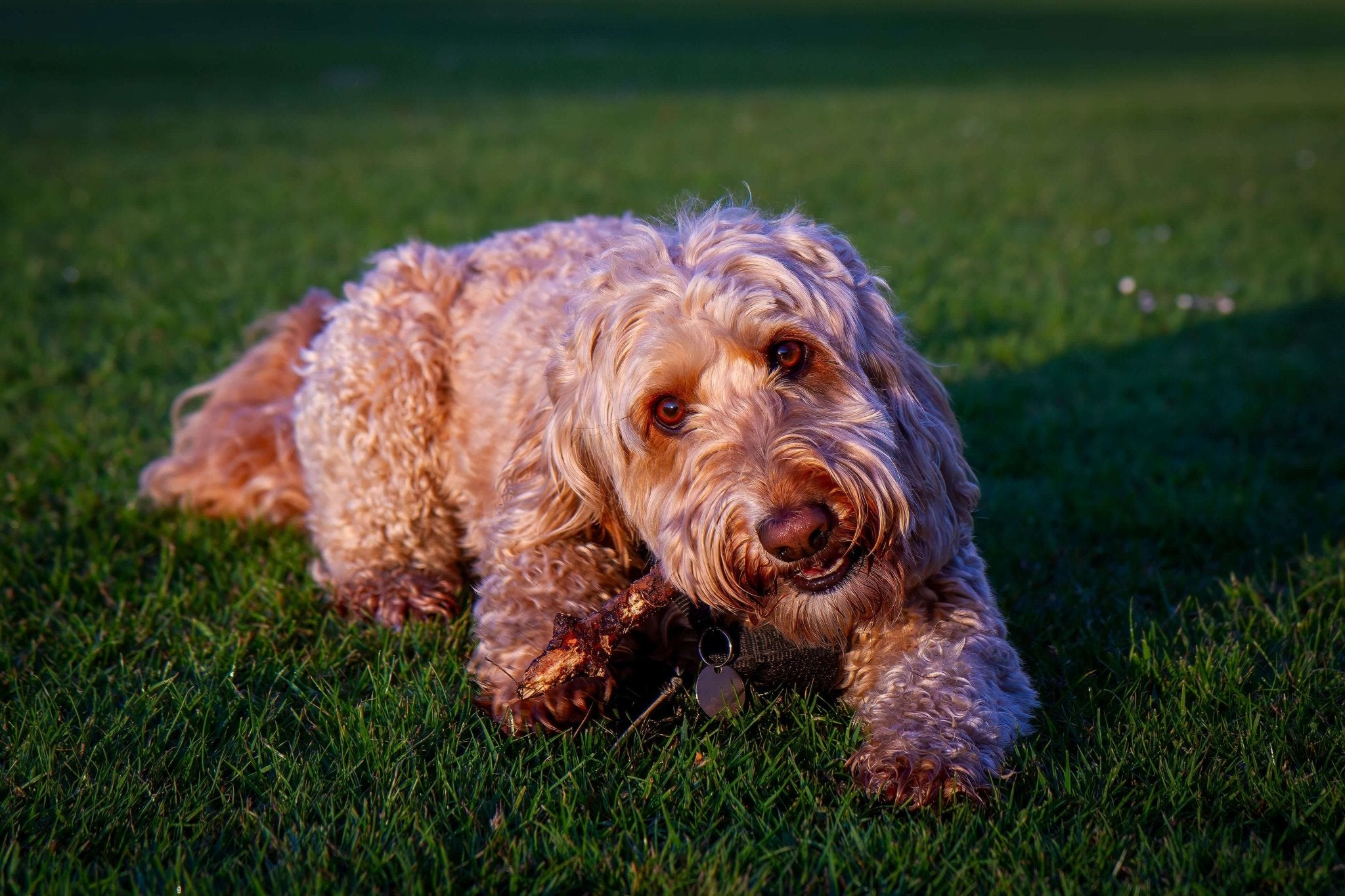
What are the signs of separation anxiety in dogs?
Dogs are loyal companions that love to spend time with their owners, but sometimes we need to leave them alone for a while. Whether we are going to work or running errands, leaving our furry friend alone is sometimes inevitable. However, some dogs may struggle with being left alone, and that's when separation anxiety can occur. In this blog post, we’ll be discussing the signs of separation anxiety in dogs, so you can help your furry friend feel more comfortable when you have to leave them alone.
Destructive behavior
Destructive behavior is one of the most common signs of separation anxiety in dogs. If you come back home and find chewed-up shoes or furniture, your dog may be experiencing anxiety when left alone. Other examples of destructive behavior are scratching doors or destroying carpets. This usually occurs within the first thirty minutes of your departure, so it can be hard to observe what’s happening. Keep an eye out for these signs to better understand your dog’s behavior.
Excessive barking or whining
Does your dog bark or whine excessively when you leave the house? This is another common sign of separation anxiety. Sometimes dogs will bark or whine for hours on end while you're gone. This is because they are desperate to get your attention and want you to come back home. This can be disturbing to your neighbors or can indicate a deeper issue that you should address as a pet owner.
Pacing or restlessness
Restlessness is another sign of separation anxiety in dogs. If you notice your dog pacing restlessly around the house or constantly moving from one room to another, it could indicate that your pet is anxious when you are not there. Pay attention to these signs, and try to make your furry friend more comfortable.
Loss of appetite
Has your dog lost his or her appetite recently? A reduced appetite can indicate that your furry friend is experiencing separation anxiety. If your dog doesn’t eat, it may be a sign of serious distress. To resolve this, try feeding your dog before you leave or provide some other type of treat to keep them occupied while you’re away.
Excessive affection
Finally, one interesting sign of separation anxiety in dogs is excessive affection when you return home. Your dog may be desperate to be with you when you return and want to spend all the time near you, following you around, or even sitting on your lap. While this may seem cute at first, it's important to understand that your furry friend is likely trying to show his affection and also make up for lost time with you.
It’s vital to understand what signs of separation anxiety in dogs look like so that you can help your furry friend feel more comfortable when you need to leave them alone. If you notice any of the signs we’ve mentioned, try to help your dog feel more comfortable with spending time apart. Speak with your veterinarian or get help from a professional dog trainer to address your pet’s separation anxiety. This way, you can help your furry companion live a happy and healthy life when you can’t be there.




